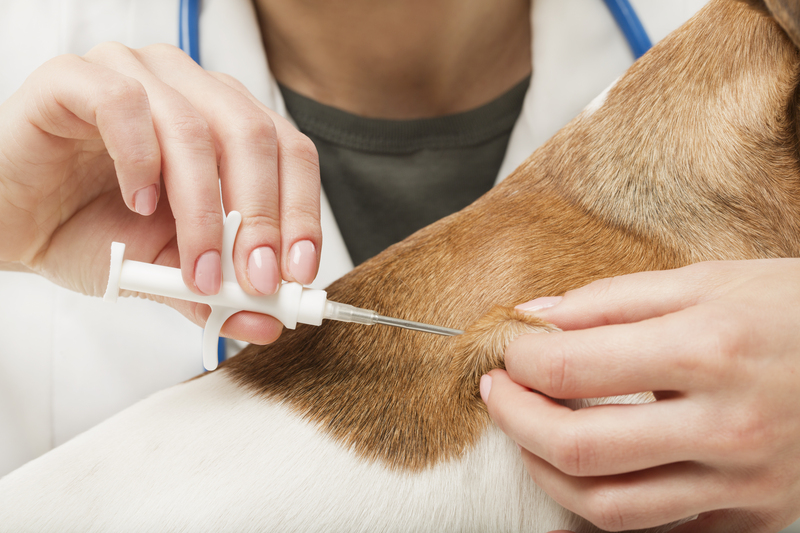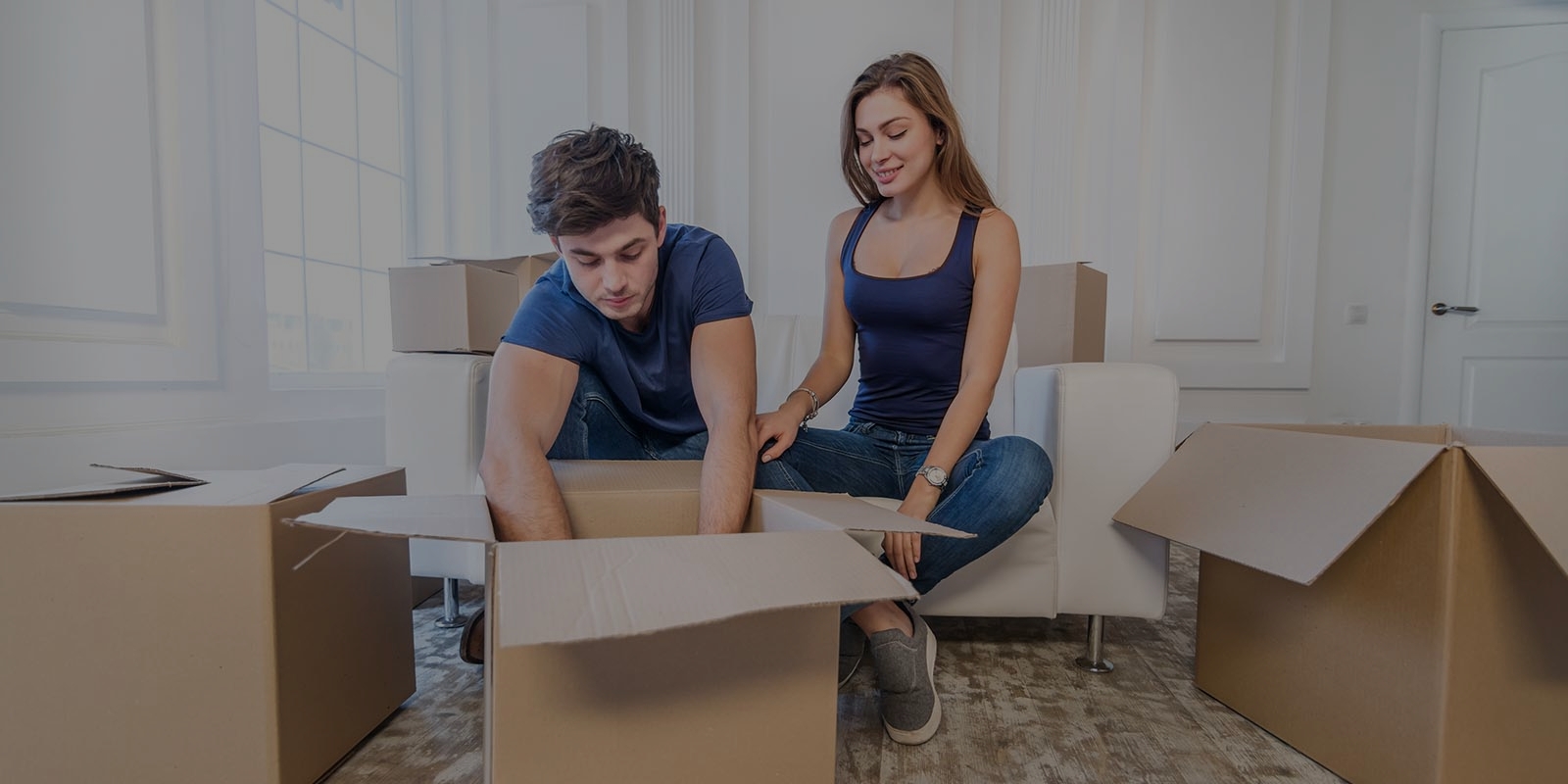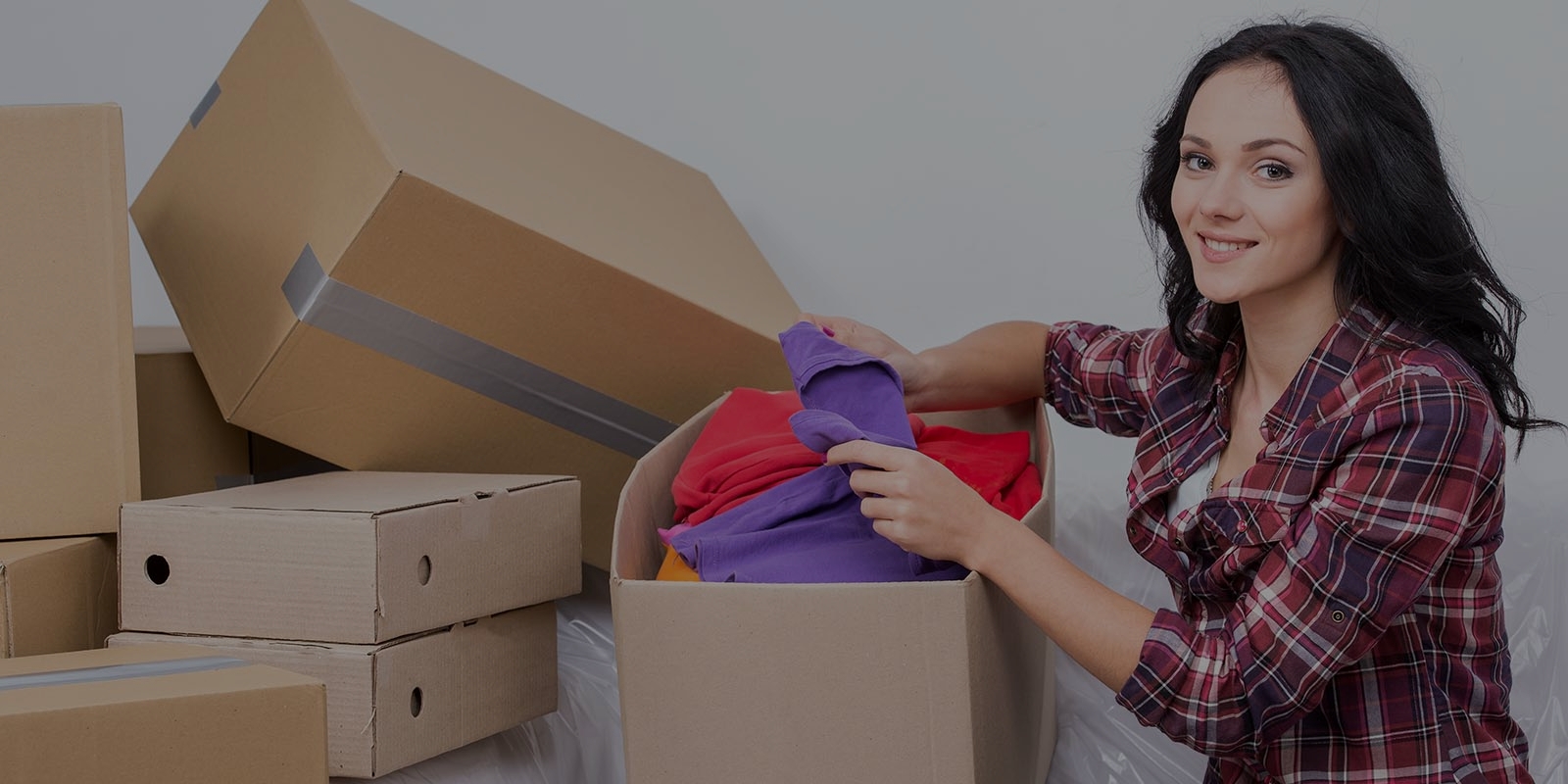Expert Tips on Avoiding Piano Moving Disasters
Posted on 15/06/2025
Expert Tips on Avoiding Piano Moving Disasters
Moving a piano can be a daunting task. Whether you own an upright, a baby grand, or a concert grand piano, relocating such a heavy and delicate instrument presents unique challenges. Mishandling can result in costly damage and tune loss, or worse, personal injury. In this comprehensive article, our team of piano moving experts shares their proven strategies and insights. Follow these expert tips on avoiding piano moving disasters for a smooth, safe, and successful move.
Why Is Piano Moving So Challenging?
The complexity of piano moving is often underestimated. These majestic instruments are not only heavy--some grand pianos exceed 1,000 pounds--but also intricate and fragile. Internal strings, hammers, and keys are susceptible to misalignment and breakage. Pianos have a unique weight distribution, with most of their mass concentrated in specific areas, making them difficult to balance and maneuver through tight spaces.
- Weight: Uprights can weigh 300-500 lbs; grand pianos can exceed 1,000 lbs.
- Unwieldy shape: Pianos are large, oddly shaped, and difficult to grip securely.
- Sensitive mechanics: Hundreds of moving parts, all requiring careful handling.
- High value: Financial and sentimental costs can be significant if damaged.

Pre-Move Planning: The Foundation for Safe Piano Relocation
The best way to prevent piano moving disasters is meticulous planning. Take these preparatory steps before lifting a finger:
Assess Your Piano and Moving Environment
- Measure the piano--length, width, and height.
- Map your path: Measure doorways, hallways, and staircases. Ensure clearances exceed the piano's largest dimensions.
- Clear the route of obstacles, furniture, rugs, and decor.
- Check the floors for stability and slip hazards--use non-slip mats where necessary.
Gather the Right Equipment
- Piano dollies or skid boards (specifically rated for the type of piano)
- Packing blankets and padding
- Heavy-duty straps and tie-downs
- Work gloves with excellent grip
- Appropriate moving tools (screwdrivers, wrenches)
- Protective coverings for floors and walls
Tip: For grand pianos, you'll need additional tools to remove and protect the legs, pedals, and lid.
Enlist Assistance
Moving a piano safely is never a one-person job. Enlist at least three strong, skilled helpers. Professional movers, especially those specializing in piano relocation, are worth the investment to avoid accidents.
Proven Techniques for Safe Piano Moving
The following expert piano moving strategies will help you minimize risk and protect your valuable instrument:
Disassemble (When Necessary)
- For grand pianos: Carefully remove the lyre (pedal assembly), legs, music desk, and lid. Wrap and label each component individually.
- For uprights: Secure the keyboard lid and cover the keys with soft cloths. Lock moving parts, if possible.
Wrap and Secure the Piano
- Blanket Wrap: Thoroughly cover the piano with thick moving blankets to prevent scratches and surface damage.
- Secure blankets using stretch film or strong tape (avoid tape on the piano itself).
- Protect delicate areas: Pay extra attention to corners, pedals, and legs.
Lifting and Moving the Piano
- Always lift from underneath the piano, never by the legs or pedals.
- Use coordinated team lifting to evenly distribute weight.
- Position the piano on a suitable dolly, ensuring it is balanced and tied down securely.
- Keep the piano in an upright position at all times--tipping can cause internal damage.
Maneuvering Stairs and Tight Spaces
- Upright Pianos: Use specially designed piano skid boards when descending or ascending stairs.
- For grand pianos, ensure the piano is fully disassembled before tackling stairs. Never attempt stairs with an assembled grand.
- Move slowly, communicate clearly, and plan each step in advance.
- Use ramps where possible rather than lifting.
Securing the Piano During Transport
- Position the piano at the back of a moving truck or van, resting flat against a wall.
- Tie down the piano and components securely to prevent shifting during transit.
- Avoid stacking other items on or around the piano.
- Control the temperature and humidity to prevent wood warping.
Common Piano Moving Mistakes to Avoid
Being aware of common pitfalls can save you from both financial loss and injury. Here are the top mistakes leading to piano moving disasters:
- Rushing the process--haste leads to accidents and damage.
- Using inappropriate equipment or underpowered dollies.
- Failing to measure doorways or clear paths, resulting in stuck or damaged pianos.
- Improper lifting--never lift by fragile parts or overexert yourself.
- Not securing moving blankets; letting them slip exposes the finish to scratches.
- Attempting to move a piano solo or with insufficient manpower.
- Neglecting to protect floors and walls from dents and scrapes.
- Skipping professional help for complex moves (multi-story buildings, long moves, antiques).
After the Move: Piano Care and Maintenance
Once your piano is safely in its new home, take these post-move steps to protect your investment:
- Remove all wrapping gently.
- Inspect the piano for any surface or mechanical damage.
- Allow the piano to acclimatize to the new environment for a few days.
- Arrange for a professional piano tuning after a week or two--the move will usually throw the instrument out of tune.
- Position the piano away from direct sunlight, radiators, and exterior doors or windows to avoid temperature and humidity extremes.
Hiring Professional Piano Movers: The Smart and Safe Choice
For those with valuable, antique, or large instruments, or for challenging move scenarios, professional piano movers offer peace of mind. Here's why you should consider the pros:
- They bring specialized equipment like custom dollies, cranes, and climate-controlled vehicles.
- Experienced teams know how to disassemble, pack, and reassemble pianos of all sizes.
- Most reputable movers are licensed and insured to cover rare but costly accidents.
- They save you from personal injury--piano moving is a leading cause of back injuries among DIY movers.
Tip: Always check reviews, insurance, and references before hiring a piano moving company.

Frequently Asked Questions About Piano Moving
Can I move a piano by myself?
Moving a piano solo is extremely risky. Pianos require teamwork, equipment, and know-how. Improper handling leads to disaster!
How much does professional piano moving cost?
Costs vary by distance, location complexity, and piano type. Expect to pay anywhere from $150 for short upright moves to $2,000+ for grand pianos or complicated moves.
Will my piano need tuning after a move?
Yes. Even when perfectly handled, vibrations and environmental changes affect tension and tuning. Wait a week for your piano to settle, then schedule professional tuning.
Conclusion: Avoiding Piano Moving Disasters Is All About Preparation
Expert tips on avoiding piano moving disasters come down to careful planning, proper equipment, and knowing your limits. While DIY piano moving can succeed with the right precautions, calling in professionals is the safest choice for valuable instruments and tough moves. By following these comprehensive guidelines, you'll not only protect your prized piano, but also ensure its beautiful music endures for years to come.
Remember: when in doubt, always consult with a piano moving expert. Your instrument--and your back--will thank you!





